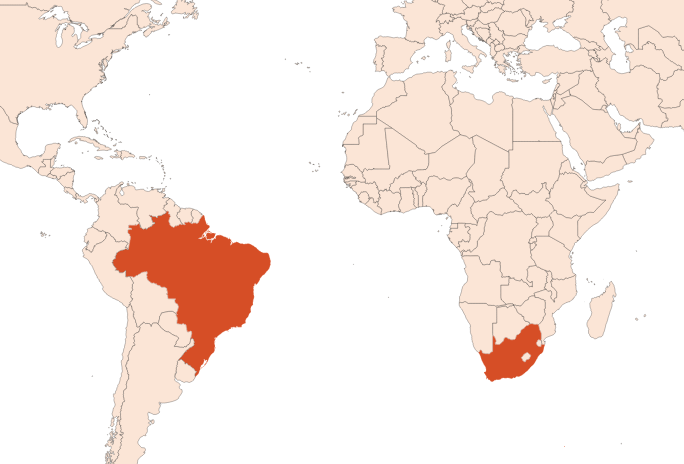
| Company | Ingredient Name | ID | Comments | Naturality | Certifications | MOQ | Latin name | Treated part | Geographical origin |
|---|---|---|---|---|---|---|---|---|---|
|
|
BUCHU EO AGED | 917865 |
Visit website
|
Naturals | - | BAROSMA BETULINA | - | - | |
|
|
BUCHU LEAF OIL CRENULATA | 442FP22594 |
Visit website
|
Natural Extracts and Oils |

|
- | - | - | South Africa |
|
|
BUCCHU EO | - |
Visit website
|
- | 10 grs | - | - | - |
General Presentation
-
CAS N° :
68650-46-4 -
EINECS number :
84649-93-4 / 92346-85-5 -
FEMA number :
2169
-
Volatility :
Head/Heart -
Price Range :
€€€€
Physico-chemical properties
-
Appearance :
Colorless liquid -
Density :
0,910 - 0,940 @20°C -
Refractive Index @20°C :
1.460 - 1.485 @20°C -
Optical rotation :
-30° // +6° -
Vapor pressure :
Data not available. -
Flash Point :
64°C (147.2°F) -
Acid Value :
Botanical informations
Botanical name :
Agathosma betulina (Bergius) Pillans
Synonyms : Hartogia betulina P.J.Bergius // Barosma betulina Bartl. & H.L.Wendl.
Botanical profile :
Buchu is a plant from the Rutaceae family and belongs to the genus Agathosma Willd.
This family includes all citrus species, as well as Buchu and Amyris.
Chemotypes :
Among the 160 species in the genus Agasthoma Willd., only one is used in perfumery :
Agathosma betulina (Bergius) Pillans : Bucchu oil
Extractions & Uses
Extraction process :
The buchu is a plant that can measure up to 2 meters tall, with small leaves of 20 mm amplitude and whose flowers are white to pinkish. The plant grows very fast but its cultivation tends to exceed its growth rate. Thus, measures have been taken in South Africa to perpetuate the crops.
Harvests take place from December to March. During flowering, the leaves are collected and dried in the shade (to prevent sunburn on the plants) before the steam distillation. The essential oil is collected in an essencier at the refrigerant outlet, by decantation.
The extraction yield is around 10 to 20%.
Uses in perfumery :
Gives a minthy nuance or a blackcurrant note and depth to woody notes.
Stability :
The terpenes identified in this raw material can polymerize when they are oxidized
Major Components :
- Diosphenol (40 - 45%)
- Isomenthone (≈20%)
- D-Limonene (10 - 15%)
- Menthone (≈10%)
- Eucalyptol (≈4%)
- Camphor

Photo credits: ScenTree SAS
Other comments :
Its blackcurrant smell is due to the presence of flavonoids. Also note that it is not uncommon to see camphor, present in some chemotypes, crystallize at room temperature.
The production of buchu in 2018 was heavily impacted by the fires and the drought that affected South Africa. Prices rose rapidly but the crops were promising.
IFRA
IFRA 51th :
This ingredient is not restricted for the 51th amendment
















